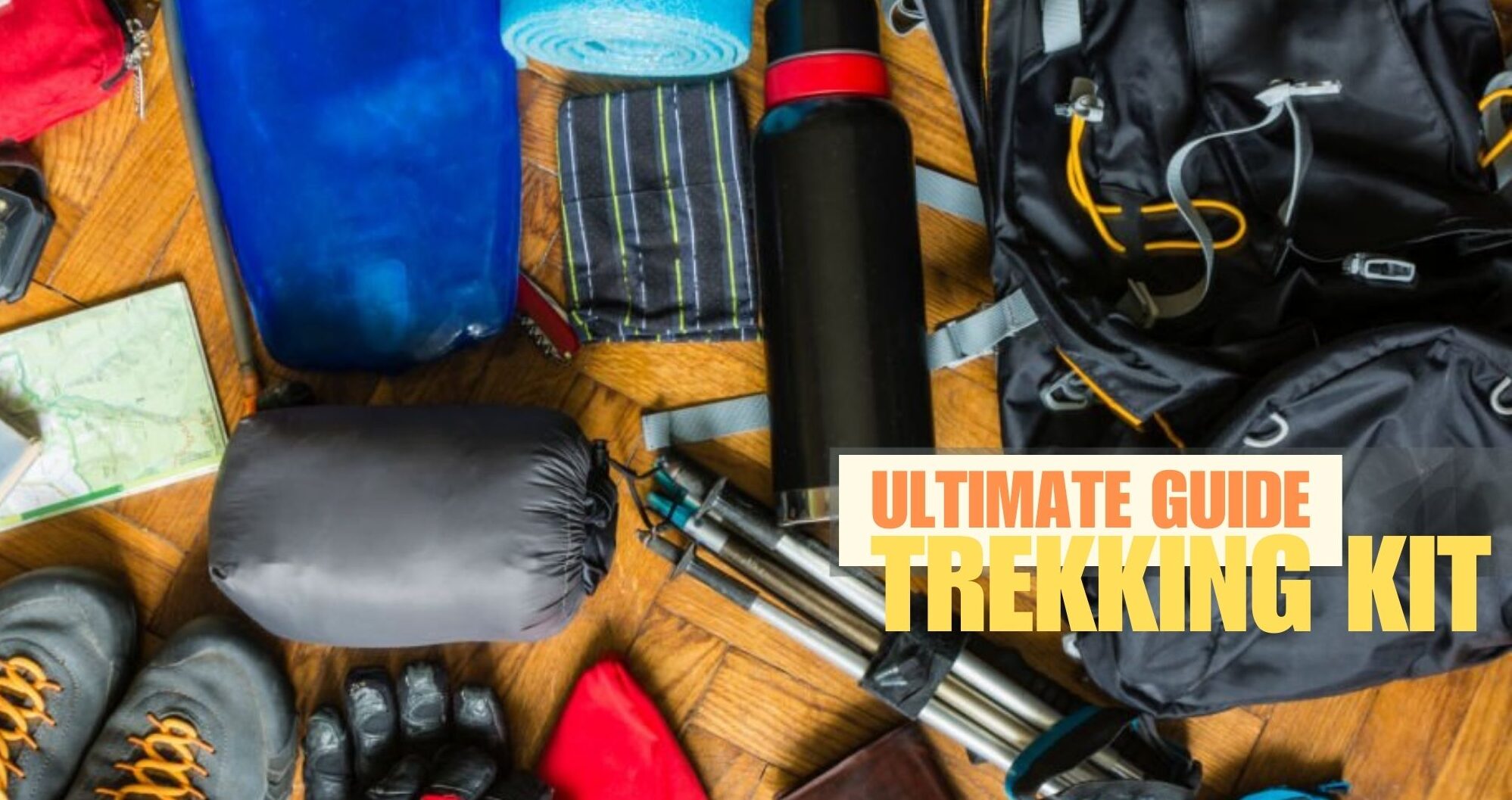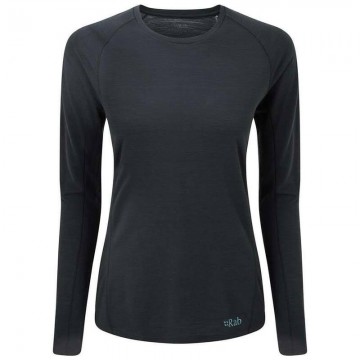
The Ultimate Kit List for Trekking in Nepal
Introduction
Trekking in Nepal offers an unparalleled experience with its majestic landscapes, towering peaks, and rich cultural heritage. To ensure a safe and enjoyable trek, it’s essential to be well-prepared with the right gear and equipment. This comprehensive guide provides an extensive kit list covering everything you need for your trekking adventure in Nepal, including essential items, trekking gear, and clothing recommendations for Himalayan trekking.
Clothing
Layering is crucial when trekking in the Himalayas due to the drastic weather changes with altitude. This Nepal trekking clothing guide will help you prepare for any conditions you might encounter.
Key Layers for Trekking in Nepal
- Base Layer
- Fits snugly to your skin, reducing airflow and allowing moisture to escape through high wicking material.
- Keeps your body warm by retaining necessary heat.
- Not always required during lower sections of a hike; a t-shirt with good wicking material can suffice.
- Recommendations:
- Brands: RAB, ICE BREAKER, BERGHAUS, DILLING, HELLY HANSEN
- Material: Merino Wool for its warmth, wicking, antimicrobial properties, and breathability.
- Alternatives: Synthetic fabrics for those with wool allergies, offering durability, lightweight, and affordability.

- Mid Layer
- Worn over the base layer, known as the insulating layer.
- Boosts body warmth without adding bulk. Long sleeves are ideal.
- Third Layer
- Provides outer protection against external conditions.
- Example: A waterproof jacket for rain, a windproof jacket, or a down jacket for cold protection.
Trousers and Shorts
- Convertible trousers, like those from Craghoppers, are versatile as they can convert to shorts.
- Brands: CRAGHOPPER, RAB, BERGHAUS
- Avoid cotton and jeans; opt for breathable and quick-drying materials.

Headgear
- Sun Hat: Lightweight and breathable with good neck cover.
- Beanie Hat and Neckband: Essential for maintaining body heat in cold temperatures.
- Neck Buff: Protects your neck and mouth from cold and wind.
Gloves and Trekking Poles
- Gloves:
- Inner Gloves: Lightweight fleece material and quick drying.
- Outer Gloves: Waterproof and warm.
- Trekking Poles:
- Provide stability, reduce joint impact, and offer support over difficult terrain.
- Recommendations: BLACK DIAMOND foldable poles and LEKI Trekking Poles.
- Best trekking poles for Nepal: Lightweight and adjustable trekking poles that provide essential support and stability during Himalayan treks.
Footwear
- Hiking Boots:
- Essential for comfort and safety. Ensure proper fit, ankle support, breathability, and waterproofing.
- Break in new boots before the trek.
- Choosing hiking boots for Nepal: Get your feet measured properly and select boots with good ankle support and waterproofing.
- Trainers/Trekking Shoes: Light and comfortable for lodge use.
- Trekking Socks:
- Avoid cotton; opt for good wicking and breathable socks.
- Thermal Socks: For colder days; recommend taking 2 pairs.
- Gaiters: Waterproof, extending from calf to boots to prevent stones, water, and mud.
Bags
- Duffle Bag:
- 80-liter waterproof bag, carried by porters.
- Secure with a small padlock.
- Backpack: For carrying your own gear; top opening recommended.
- Brands: OSPREY, BERGHAUS, LOWE ALPINE.
- Daypack:
- Essential for personal items like wallet, snacks, passport, hat, camera, sunscreen, hand gel.
- Side pockets for water bottles and a rain cover.

Sleeping Accessories
- Sleeping Bag:
- Vital for warmth; mummy-shaped with an insulated hood.
- Options: Duck or goose down (more expensive) or synthetic (at least -10°C warmth rating).
- Sleeping bag for Everest Base Camp trek: Ensure it has a warmth rating suitable for extremely cold temperatures.
- Additional Items: Ear plugs, inflatable pillow.
Personal Items
- Water Bottles or Hydration Bladder:
- Ensure drinking 2-3 liters of water daily.
- Bladders can freeze at high altitudes; insulate bottles.
- Hydration tips for high altitude trekking: Carry insulated water bottles or use hydration bladders to maintain proper hydration.
- Trekking Towel: For a quick wash/freshen up.
- Pee Bottle/Pee Funnel/Ziplock Bags: Invaluable for night use.
- Camera/Go Pro: For capturing memories. DSLR cameras can be heavy; consider a lightweight option.
- Best camera for Everest Base Camp trek: Choose a light, high-quality camera for capturing stunning landscapes.
- Journal & Pen: For documenting experiences.
Medications and Health
- Water Purification Tablets: Essential for treating drinking water.
- Isotonic Powder/Tablets: Replace electrolytes.
- Basic First Aid Kit: Always useful to carry your own.
- Toilet Rolls: Bring at least 2-3 rolls as they are not provided.
- Hand Gel: Important for hygiene.
Sunglasses
- Category 4 Sunglasses: Essential to protect eyes from extreme sunlight in the mountains.
- Recommendation: Julbo Category 4 sunglasses.
- Purchase from reputable stores like Cotswold Outdoor or Decathlon.
Additional Useful Items
- Painkillers, sunscreen, Compeed blister plasters, Imodium, lip balm, baby wipes, hand gel.
Financial Considerations
- ATM access: The last place to access bank machines on the route to Everest Base Camp is Namche Bazar. For Annapurna Circuit Trek Pokhara & Jomsom are the last place to access ATM. Ensure you withdraw enough money for the rest of your trek.
Conclusion
By following this ultimate guide to Nepal trekking, you’ll be well-prepared for the unique challenges and unforgettable experiences that trekking in Nepal offers. Prioritize comfort and safety, and enjoy your adventure amidst the stunning beauty of the Himalayas. Remember, thorough preparation is key to how to prepare for trekking in Nepal, ensuring a successful and memorable journey.
Recent Posts
Reinhold Messner: Conquering Heights and Defying Limits in the Himalayas
The Ultimate Kit List for Trekking in Nepal




